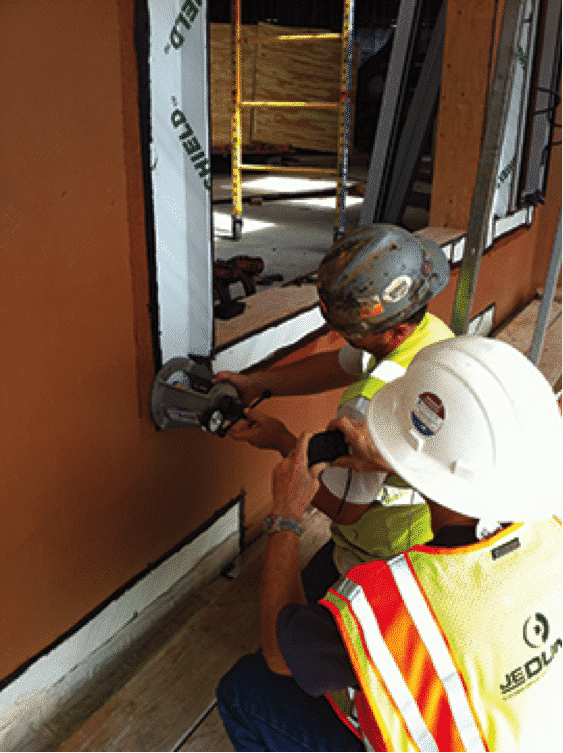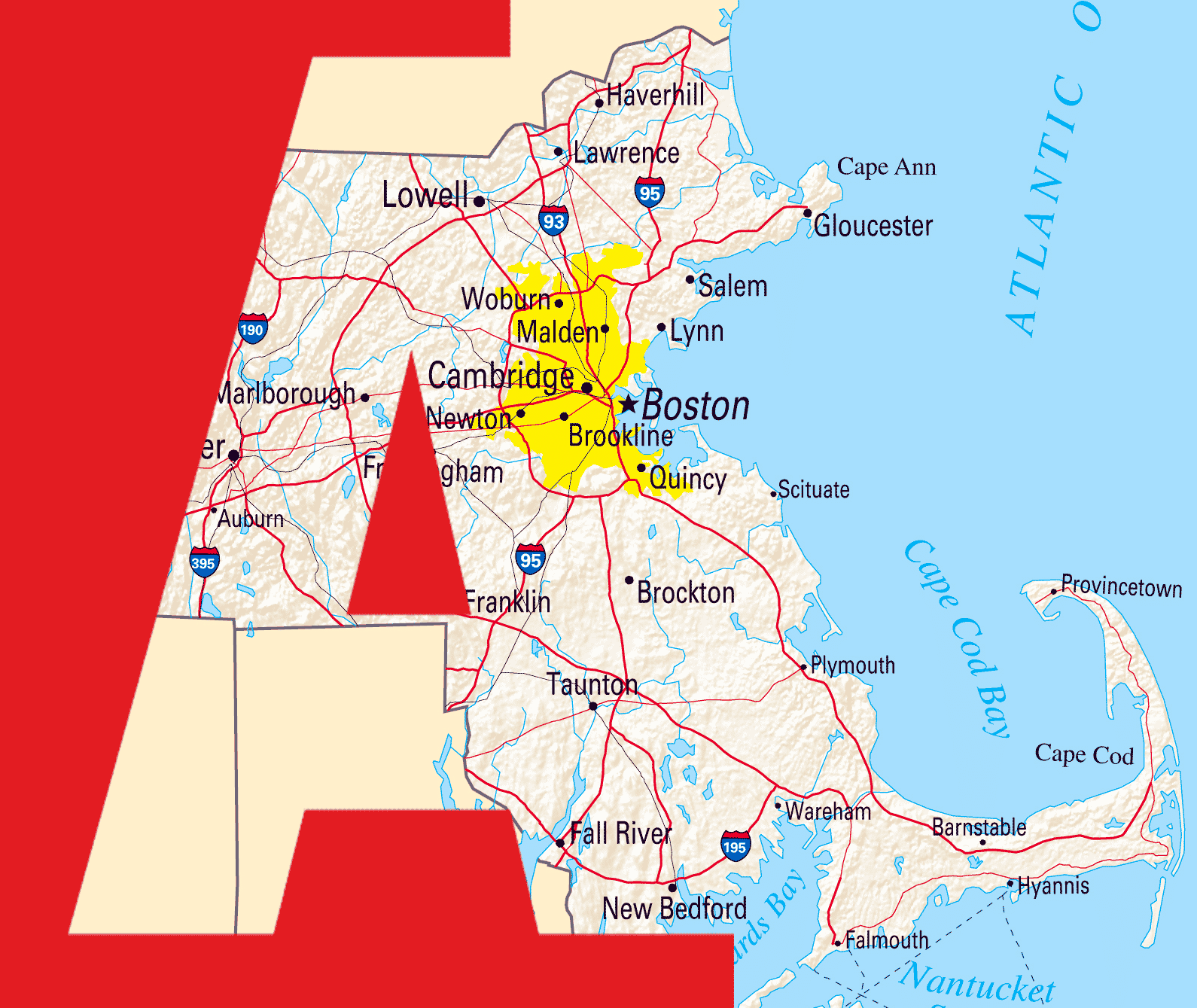 Protecting buildings from unwanted air and moisture infiltration is an essential component of a proper building enclosure.
Protecting buildings from unwanted air and moisture infiltration is an essential component of a proper building enclosure.
Most modern buildings are constructed to maximize energy efficiency, durability, and overall occupant comfort. A key aspect of achieving this combination of features is proper building enclosure design and overall wall system performance.
It is important to understand that the building enclosure needs to be designed in such a way as to provide environmental separation. Through the proper placement and installation of control layers within the wall assembly, the building can be protected from unwanted air and moisture infiltration.
These control layers are comprised of a water control layer, air control layer, thermal control layer, and vapor control layer. The layers can either be a single product or a combination of materials.
Water Control Layer
The water control layer is a critical part of the building enclosure and is designed to reduce the wetting potential due to moisture intrusion. This layer should allow for deflection of the water away from the structure and drainage of water that enters the structure. The materials used should provide waterproofing protection.
Air Control Layer
The air control layer should be designed to address this uncontrolled air movement, whether it is unconditioned exterior air, or the conditioned interior air. Additionally, control of air flow can help restrict heat flow and, ultimately, control dew point temperatures* to avoid condensation.
Vapor Control Layer
The vapor control layer should reduce the movement of water vapor as a result of differences in relative humidity and temperature. This layer may or may not be required, based on climate and wall design. However, if this layer included, proper placement is important to avoid moisture problems.
Thermal Control Layer
The thermal control layer should resist thermal transfer through the building enclosure. This layer not only provides occupant comfort, but allows for temperatures within the enclosure to remain above the dew point temperature to avoid condensation. With the changes in building codes across the country, the use of continuous exterior insulation now is being incorporated to address this issue.
*The temperature at which the air becomes saturated
For all of your masonry needs, call Abbot Building Restoration at 617-445- 0274, or contact us via email at info@abbotbuilding.com.


